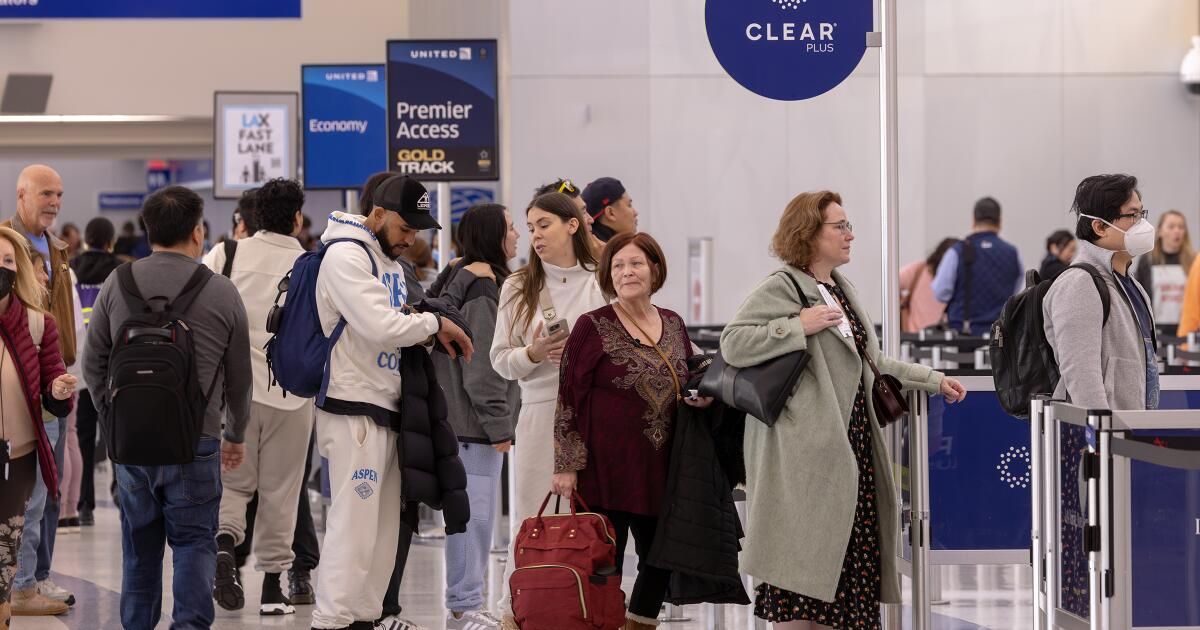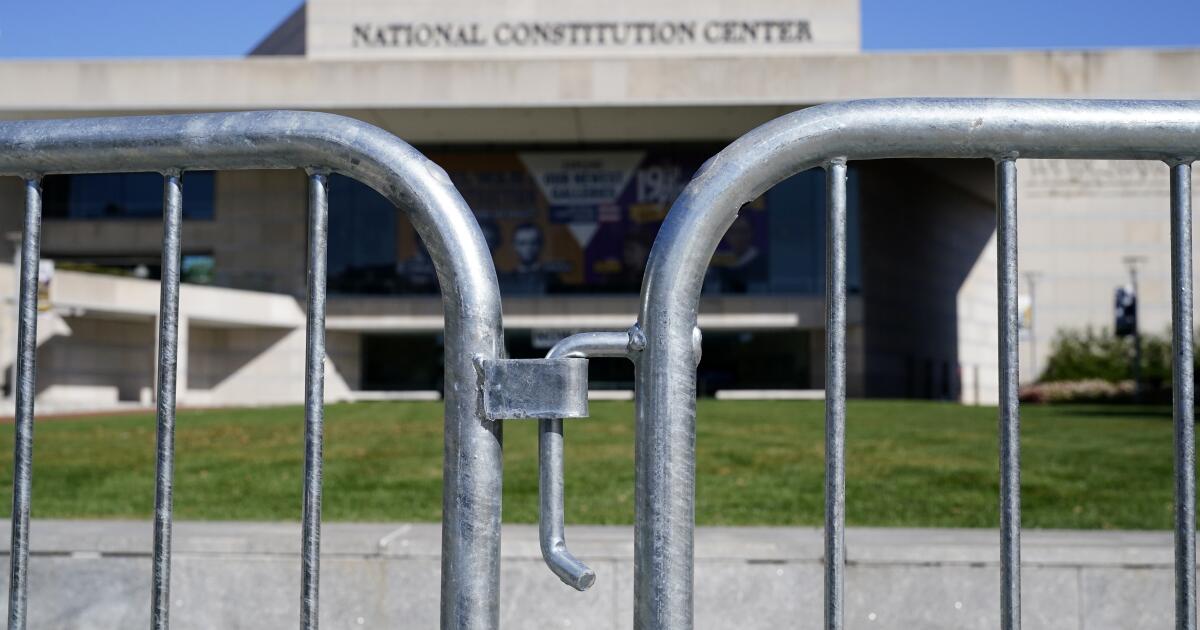The California Department of Public Health recently updated its COVID guidance to allow people who tested positive to come out of isolation earlier than before. Specifically, officials say as long as you are fever-free for 24 hours without the use of medication and other symptoms are mild or improving, you can leave isolation with a mask on. They also recommend avoiding contact with people at higher risk.
This change came as a surprise to many and sparked some outrage when the Oakland Unified School District announced a new policy as a result, one in which students who test positive without symptoms can return to school with a mask on and with the recommendation of Avoid elderly or immunocompromised people. This policy does not seem very feasible and reflects everything that officials have not yet learned about communicating health risks to the public.
California's new guidance is inconsistent with recommendations from the Centers for Disease Control and Prevention, which still recommends waiting at least five days after a positive test result before going outside again. From both, the recommendation is to wear a mask for at least 10 days, although in California, two negative tests at least one day apart allow the mask to be removed.
No guide is perfect. People can shed the virus for more than five days after a positive test. In fact, some studies suggest that peak viral load may now be around five days after symptoms begin, meaning that, following CDC guidelines, isolation could end just as people are shedding the most. As for California's position, people can be contagious even without fever and with mild symptoms.
The California Department of Public Health's change was prompted by “the reduced impacts of COVID-19” compared to previous years, according to its website. COVID cases have recently increased in California and across the country, and the death rate remains concerning, although much lower than the US peak in 2021. At the same time, much of the public has abandoned the tools everyday prevention measures, such as wearing masks and testing.
As an infectious disease physician and epidemiologist, I can think of possible justifications for policy change in this environment. For example, given that mask use has been low, a policy focused on encouraging mask use as a means of getting out of isolation early could, in theory, help stop transmission. The alternative could be that people do not bother getting tested, especially if they do not want to face the decision to isolate when it would be inconvenient for them. With less testing, we could have more potentially infectious people in the community without masks, so guidance that re-emphasizes masks has value.
But whatever the reason for these changes, the problem is that they were not clearly communicated to the public, especially in the midst of another COVID-19 surge. There's no reason public health leaders couldn't flood TV commercials, social media channels like Instagram or intention). Instead, we are left with major policy changes presented with unclear logic, other than the reassurance that we are in a better place now than we were in 2020.
Faced with this lack of sufficient explanation, the Oakland school district applied new state policy to create complicated rules for children. Children may not be able to apply rules correctly, such as wearing a mask consistently (they tend to be particularly bad at this compared to adults) or avoiding immunocompromised or high-risk people (neither children nor adults may know exactly who falls into this category around you at all times).
In the four years of the pandemic, we saw how important it is for public health leaders to communicate clearly and frequently. This builds trust, allows for accountability, and helps set expectations. Poor communication, on the other hand, leads to disregard for policies, confusion, and poor application of guidelines. Given the likelihood that students will now test positive and go to school with imperfect masking and no way to know who is “high risk,” Oakland's enforcement of state guidance may lead to more COVID outbreaks in schools. school communities or transmission to higher risk communities. staff and teachers.
The state Department of Public Health's announcement was a troubling missed opportunity because the department has been exemplary in other ways, including in its communications about high-filtration masks early in the epidemic. Even before the guidance, I noticed that very few people were wearing masks, even when they were noticeably sick and symptomatic, during my travels on both planes and buses around the state. A policy statement that encourages people to get tested and wear masks, with the incentive to isolate for less time if they do, could help reduce transmission.
Public health policies that don't match what people are willing to do are unlikely to be helpful, so trying to maximize compliance and minimize harm is a reasonable middle ground in our new world of weighing the uncertain risks of COVID. But without clear communication to tell people how to be safe and why, these efforts will fail.
Abraar Karan is a physician and infectious diseases researcher at Stanford University.












